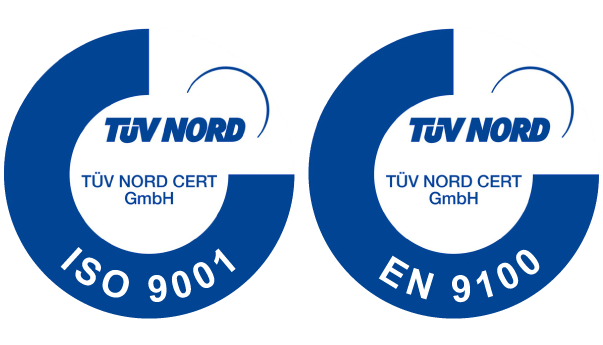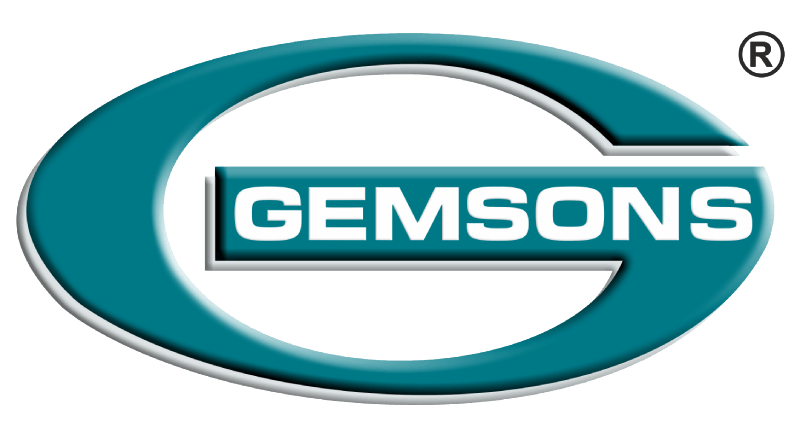Choosing the right die-casting process is critical for ensuring the quality, efficiency, and cost-effectiveness of your product manufacturing. Die casting is the most versatile and used manufacturing process, involving forcing molten metal into the mold cavity under high pressure. This process is ideal for producing complex and precise metal die cast parts.
However, with several die-casting methods available, selecting the best one for your designs and products be challenging. In this blog, we will explore the different die-casting processes and help you determine which one is most suitable for your specific needs.
Types of Die Casting Processes
1. High-Pressure Die Casting (HPDC)
High-pressure die casting is the most common and widely used die-casting process. It involves injecting the die cast parts such as molten metal into a steel mold (die) under high pressure. This process is known for its speed, efficiency, and ability to produce large volumes of parts with excellent surface finish and dimensional accuracy.
Advantages
- High production rate
- Excellent surface finish
- Tight tolerances
- Suitable for complex shapes
Disadvantages
- High tooling costs
- Limited to non-ferrous metals, some examples are aluminum, zinc, and magnesium
2. Low-Pressure Die Casting (LPDC)
Low-pressure die casting uses a lower pressure to fill the mold, which allows for better control over the filling process and reduces turbulence. This method is often used for producing large, structural components that require high strength and integrity.
Advantages
- Improved mechanical properties
- Lower porosity
- Suitable for large parts
- Better control over the filling process
Disadvantages
- Slower production rate compared to HPDC
- Higher operational complexity
3. Gravity Die Casting (Permanent Mold Casting)
Gravity die casting, which is also called permanent mold casting, relies on gravity to fill the mold with molten metal. This process is slower than high-pressure die casting but offers excellent mechanical properties and is ideal for medium to high-volume production runs.
Advantages
- Good mechanical properties
- Lower tooling costs compared to HPDC
- Suitable for medium to high-volume production
Disadvantages
- Slower production rate
- Limited to simpler shapes
4. Vacuum Die Casting
Vacuum die casting involves creating a vacuum within the die cavity to remove air and gases before injecting the molten metal. This process reduces porosity and improves the mechanical properties of the cast parts.
Advantages
- Reduced porosity
- Improved mechanical properties
- Suitable for high-quality parts
Disadvantages
- Higher operational costs
- More complex process
5. Squeeze Die Casting
Squeeze die cast parts combine the principles of forging and casting. After the molten metal is injected into the mold, it is squeezed under high pressure to eliminate porosity and enhance the mechanical properties of the parts.
Advantages
- Excellent mechanical properties
- Reduced porosity
- Suitable for structural components
Disadvantages
- Slower production rate
- Higher operational complexity
Factors One Needs to Consider When Choosing a Die Casting Process
Material Requirements
Choosing the right metal is key. High-pressure die casting suits non-ferrous metals like aluminum, zinc, and magnesium. Ferrous metals may require alternative methods.
Part Complexity and Tolerances
For intricate designs and tight tolerances, high-pressure die casting excels in precision. Simpler designs may benefit from gravity or low-pressure die casting.
Production Volume
High-pressure die casting is efficient for large volumes but has higher tooling costs. Gravity and low-pressure options are more cost-effective for medium to low volumes.
Mechanical Properties
For superior strength and reduced porosity, consider processes like squeeze or vacuum die casting, depending on mechanical requirements.
Cost Considerations
Tooling costs vary. High-pressure die casting has higher initial costs but lower per-part expenses for large runs. Gravity and low-pressure options offer lower tooling costs but may be costlier per part in high volumes.
Conclusion
Selecting the right die-casting process for your designs and products is essential for achieving the desired quality, efficiency, and cost-effectiveness. Gemsons specializes in providing high-quality die cast parts using advanced die casting processes tailored to meet your specific needs.
Whether you require high-pressure die casting for complex and high-volume production or low-pressure and gravity die casting for superior mechanical properties, Gemsons has the expertise and technology to deliver exceptional results. Trust Gemsons for all your die casting needs and experience unparalleled quality and precision in your manufacturing projects.



Recent Comments